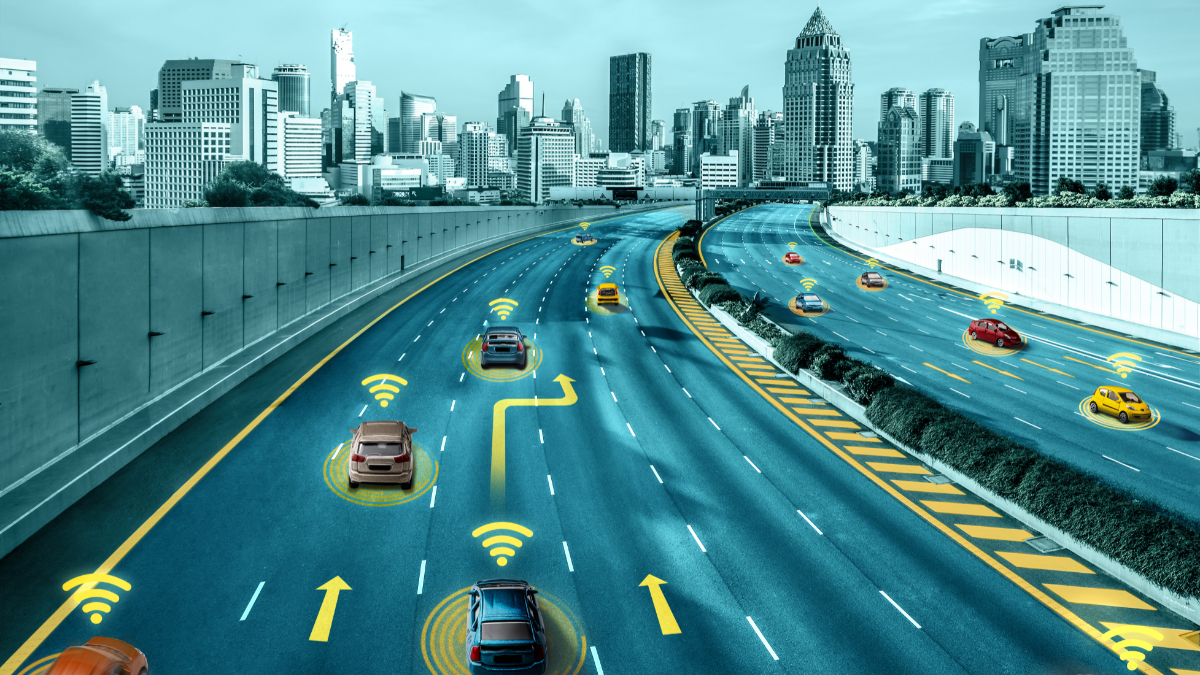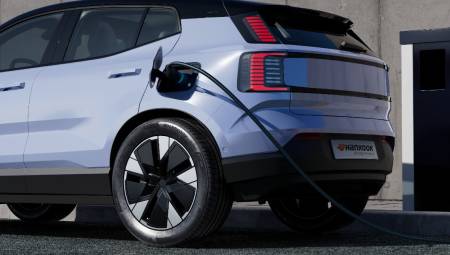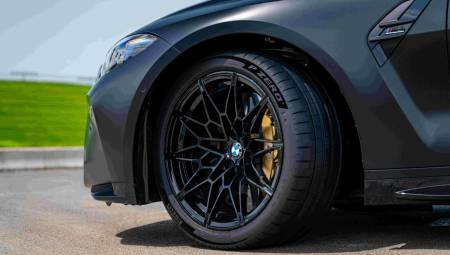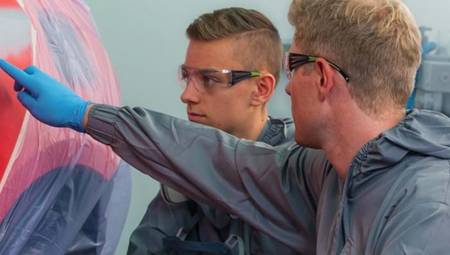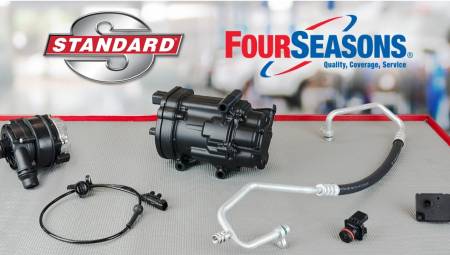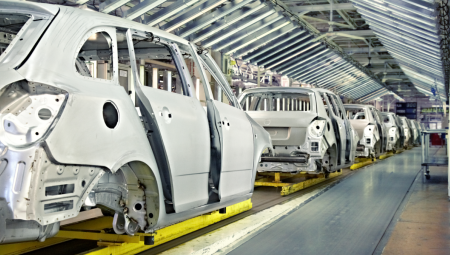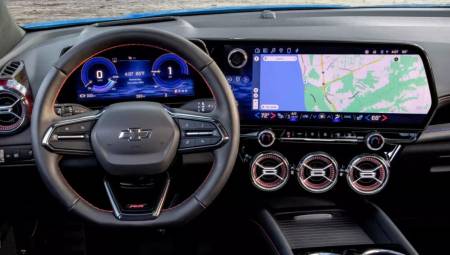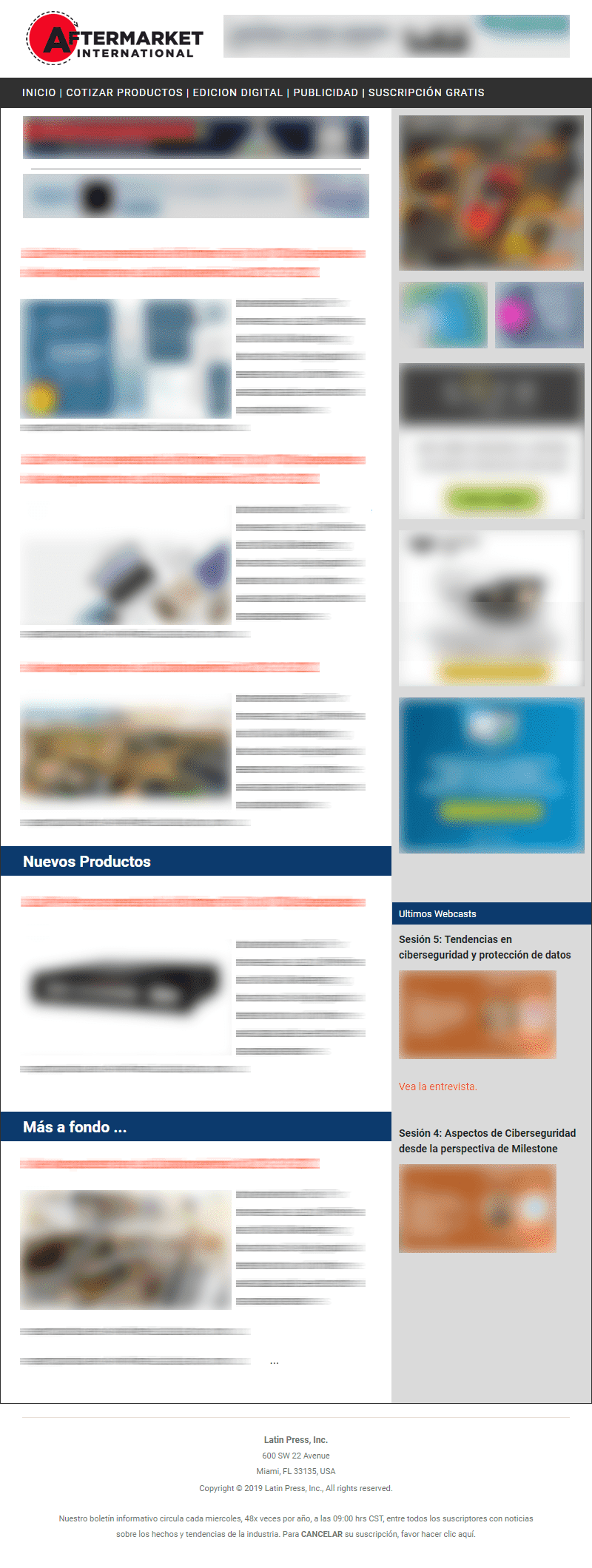International. The projection, according to Transparency Market Research, was that the automotive sensor fusion market would reach 390 billion dollars in 2023.
Now, the expectation is that it will grow at a CAGR of 23.7% from 2024 to 2034, reaching $4 billion by 2034.
The increase in demand for advanced driver assistance system (ADAS) features, such as adaptive cruise control, lane-keeping assist, and automatic emergency braking, is a major growth driver. These systems rely heavily on sensor fusion for effective operation.
In addition, artificial intelligence and machine learning algorithms are being incorporated into the said market to improve the accuracy and decision-making capabilities of sensor fusion, this has created a significant trend. Equally, efforts to reduce their sizes and costs are making these systems more accessible to a wider range of vehicles.
The growing adoption of electric vehicles (EVs), which often come with advanced technological features, provides fertile ground for the expansion of sensor fusion technologies.
Based on sensor type, the LiDAR (optical sensing and measurement) segment is expected to drive the growth of the automotive sensor fusion market. LiDAR provides highly accurate distance measurements and detailed 3D maps of the environment, which are crucial for advanced driver assistance systems and autonomous vehicles.
Based on the type of technology, the artificial neural networks (ANN) segment is anticipated to drive the growth of the market. Artificial neural networks excel at processing large amounts of data from multiple sensors, identifying complex patterns and making decisions in real time, which is crucial for advanced driver assistance systems and autonomous driving.


